Calm that itch with some non-chemical treatments to get rid of fleas.
When it’s that itchy, scratchy season for pets when fleas rear their ugly, annoying microscopic heads. Of course there are lots of chemical treatments and collars that can wipe out the annoying pests. But if those chemicals aren’t safe for you or your children to touch, do you really want them on your furry friends? Here are some more natural flea remedies to try instead.
Natural flea collars
If you don’t want to hang a chemical flea collar around your pet’s neck, you can make a natural version, suggests Reader’s Digest. Just buy an inexpensive nylon or cotton pet collar. Then pour one of the following mixtures over the flat collar and let it dry. Refresh the collar weekly.
For cats:
1 teaspoon unflavored vodka and 1 drop geranium essential oil
Or
1 teaspoon unflavored vodka and 1 drop cedarwood essential oil
For dogs:
1 teaspoon unflavored vodka, 1 drop rosemary essential oil, 1 drop thyme essential oil and garlic oil from 1 small capsule
Or
1 teaspoon unflavored vodka, 1 drop eucalyptus essential oil, 1 drop cedarwood essential oil and 1 drop lemongrass essential o
Apple cider vinegar
Adding apple cider vinegar to your pet’s drinking water may help deter fleas. (Photo: Eduard Darchinyan/Shutterstock)
Health food proponents have long touted the benefits of apple cider vinegar. Fans say it also has flea prevention benefits for pets — when applied topically and given orally.
DogsNaturally suggests mixing up a solution of half raw, unfiltered apple cider vinegar and half water and spritzing your pet’s coat. The same should work for cats, but you may find that your feline friend is less tolerant of being sprayed. In that case, Kitty Cat Chronicles recommends repeatedly dipping a flea comb in the vinegar and water solution and combing your kitty’s fur.
To get the pests from the inside out, try adding 2 tablespoons of apple cider vinegar to your pet’s drinking water. You may find that your pet is too picky to drink the doctored concoction, but the vinegar-laced mix may also help repel fleas. You may want to check with your vet before you spike Fluffy’s H2O, and keep an eye out for any unusual reactions.
“You have to apply common sense,” Sue Ann Lesser, D.V.M., told The Whole Dog Journal. “Most dogs are notoriously over-alkaline, and cider vinegar will help them. If a dog’s system is overly acidic, you’ll see clinical signs, such as obvious symptoms of illness. I know quite a few dogs that take cider vinegar … and I don’t know of any that have had bad results.”
Brewer’s yeast
It sounds basic, but it’s true. “Healthy pets get fewer fleas, and good nutrition makes for healthy pets,” says syndicated columnist Dr. Michael Fox, D.V.M.
One supplement that seems to have the additional benefit of warding off fleas is brewer’s yeast. Anecdotal evidence finds that the popular nutritional supplement helps deter the pesky pest from dogs and cats.
Fox suggests 1/2 teaspoon of brewer’s yeast at mealtime for a cat or small dog, and 1 teaspoon per 30 pounds of body weight for larger dogs.
Rosemary flea dip
A soothing dip made from fresh rosemary may help rid your pet of pesky fleas.
Chemical flea dips can be very caustic. But Care2 suggests a mild version featuring fresh rosemary. Start by steeping two cups of fresh rosemary in boiling water for 30 minutes. Strain the liquid, throw away the remaining leaves, and add up to a gallon of warm water (depending on the size of your pup). Wait until the brew cools, but is still warm enough to be comfortable. Pour it over your dog until he’s soaked and let it dry naturally.
Homemade Flea Spray With Vinegar
Have you ever been told that vinegar kills fleas? Well, fleas do hate vinegar. So much so that it makes a handy homemade flea spray. A pet who has been soaked or doused in a vinegar mixture will not be nearly as tasty to fleas. Here is how to make it:
Simply find a clean spray bottle (one that has not been used with cleaning agents or anything similar) and fill it with 1/2 water and 1/2 apple cider vinegar. We like the apple cider vinegar because cats and dogs tend to lick themselves after an application, and the taste is a bit less offensive to them. But white vinegar will work just as well.
Let your pet air dry (as long as it is warm enough) and repeat as often as you like.
Homemade Flea Spray With Lemon:
Lemon is another natural, handy natural flea remedy. It’s really easy to make a lemon flea spray. Take a couple of lemons, one to three depending on how strong you want it to be, and slice them very thin, keeping the peel on. Place the slices in a pint of water and bring it to a boil. Then let it steep overnight. Place the lemon infused water in a spray bottle and spray away!
For many more ideas on things to use around the home, don’t forget to visit our page on homemade flea killers, too!
Effectiveness Of Homemade Flea Spray
Just like any product or method, there are folks who swear by homemade flea killers and those who report that it didn’t work for them. When I tried it, I found a little of both to be true – it definitely was effective. The fleas were much easier to remove in the bath and/or with a flea comb when the fur was drenched in these concoctions.
But, the homemade spray doesn’t kill fleas on contact. It doesn’t work like a pesticide. It is best used as a tool, along with other natural flea remedies to repel and get rid of fleas nturally. As you probably know, getting rid of fleas naturally requires a proactive approach!
Homemade flea spray is a handy weapon in your natural arsenol, but it will be more effective when combined with other natural flea control methods. Make sure you follow these tips as well:
Wash your cat or dog’s bedding frequently in hot water
Wash area rugs where your pets likes to spend time
Vacuum every day, making sure to get in corners and between furniture cushions
A flea comb is an underrated and valuable tool!
Herbs Etc:
You may come across recommendations for homemade flea killers using herbs, roots, or oils. There is much to be said for these methods, but they should only be used by pet owners who have a very good understanding of herbal therapy!
Since it is essential to use the right herb, in the right amount, for the right ailment, this is best left to experienced pet owners. Never try these methods unless you are well versed in the matter and have consulted with a veterinarian.
Ambertick™ as a natural tick and flea repellent works in two ways
|
| 1. Aromatic repellent. Amber is a fossilized tree resin which contains aromatic chemicals called terpenes which effervesce when amber is heated or rubbed and produce a resinous aroma. When the pet wears the stones on its neck, the friction from their fur will absorb the resinous smell coming from the amber. Resinous aromatic terpenes that are released and absorbed in the animal’s fur repel ticks and fleas. Although these parasites do not have a nose but they do have a Haller organ which helps the tick to perceive the smell a potential victim. In nature tree sap works the exactly the same – when a tree bleeds, it bleeds a sticky sap to protect itself from insects and fungus.
2. Electrostatic repellent. Static electrical charge is generated when Amber is rubbed against the fur. Naturally a cat or a dog doesn’t feel it but every tick that comes in contact with the electrical charged fur gets an electric shock and just falls off. This static electricity effect was discovered by the ancient Greeks, which originally gave the name of amber to the mysterious stone found on the coast of Baltic Sea – Amber in Greek means electron. |
 |
|
We have carried out numerous tests and experiments that helped us to design the necklace which has perfect amount of amber pieces in the right ratio to work most efficiently despite the pet’s size. Ambertick can take up to 1-2 weeks until it has full effect on your pet. It also has to stay on your pet all the time, day and night – the longer your pet wears the necklace, the more effective it will be. It usually takes 3 weeks or more for Ambertick to gain its maximum repelling properties.
|

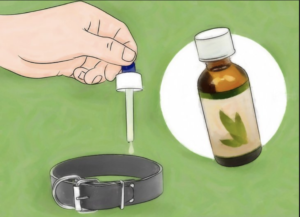
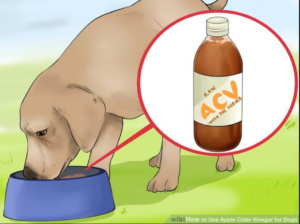
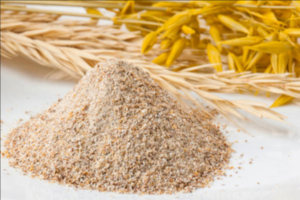
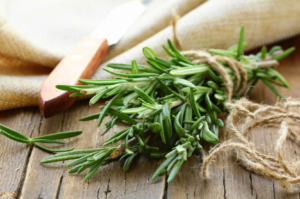
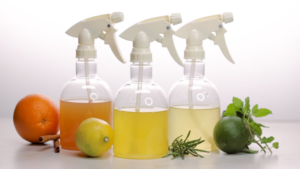

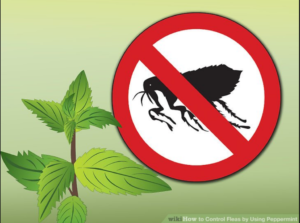

Thanks for the great tips. I will definitely include them on my blog so that more people can get benefit from them.